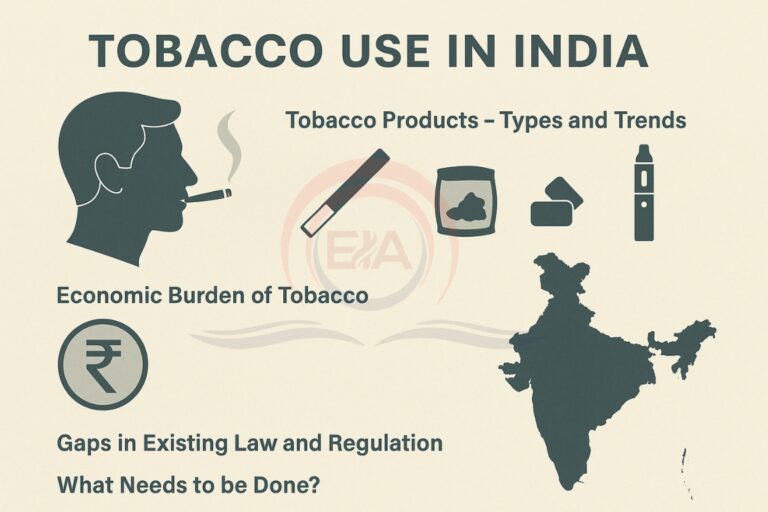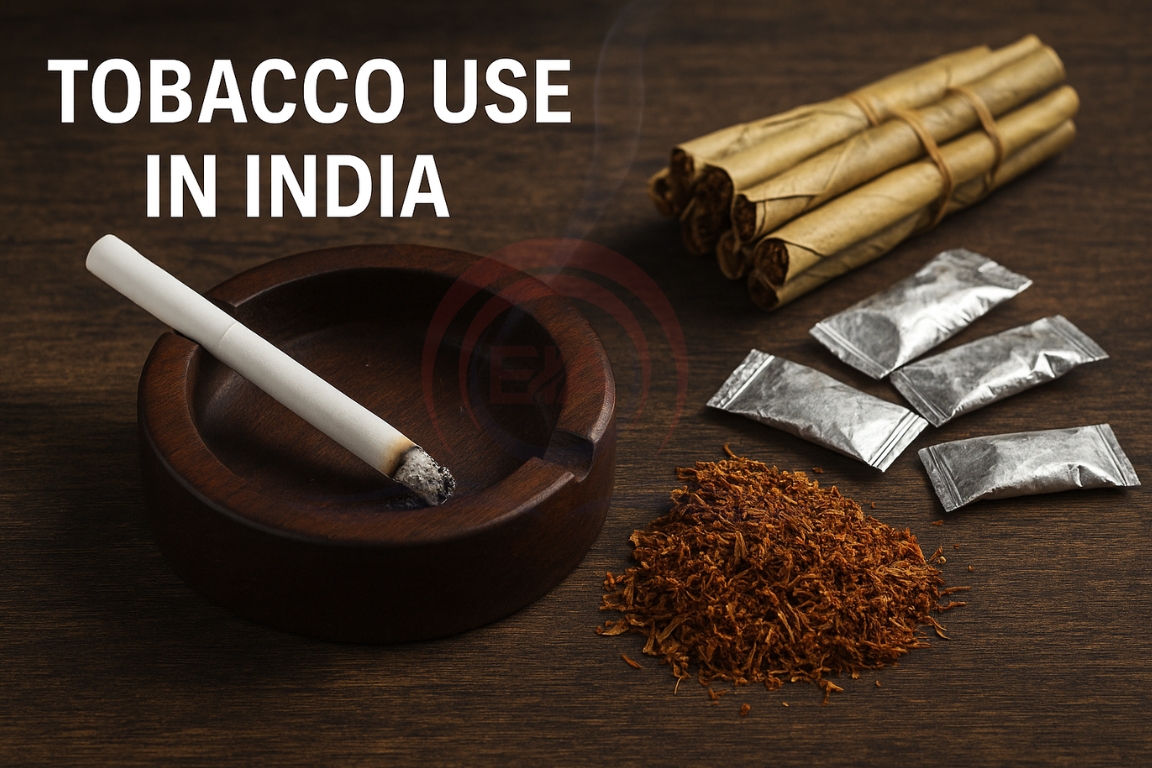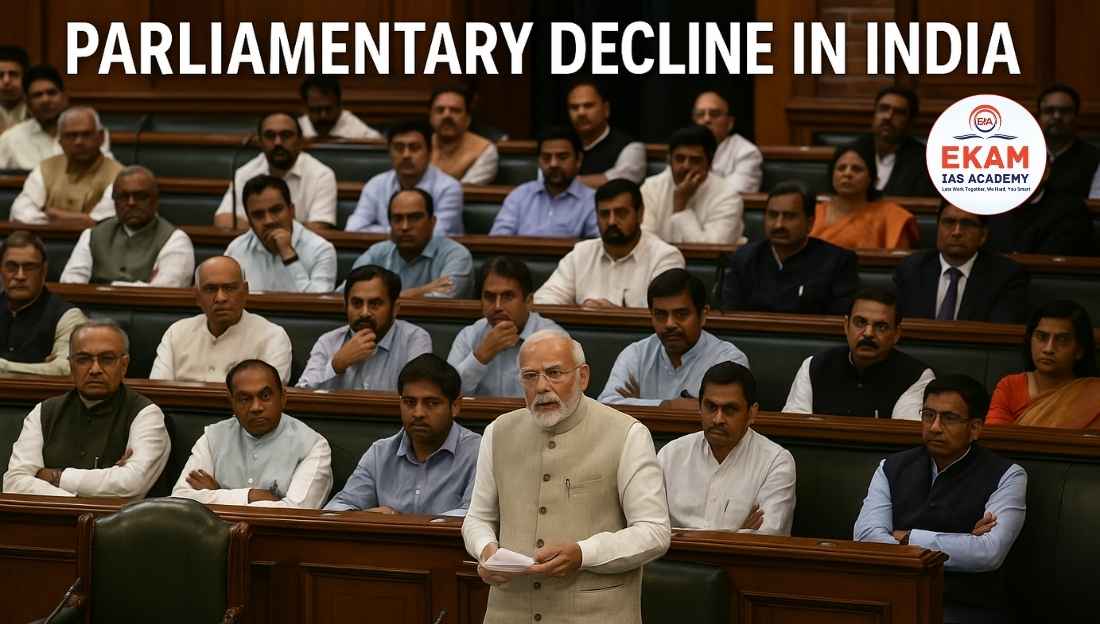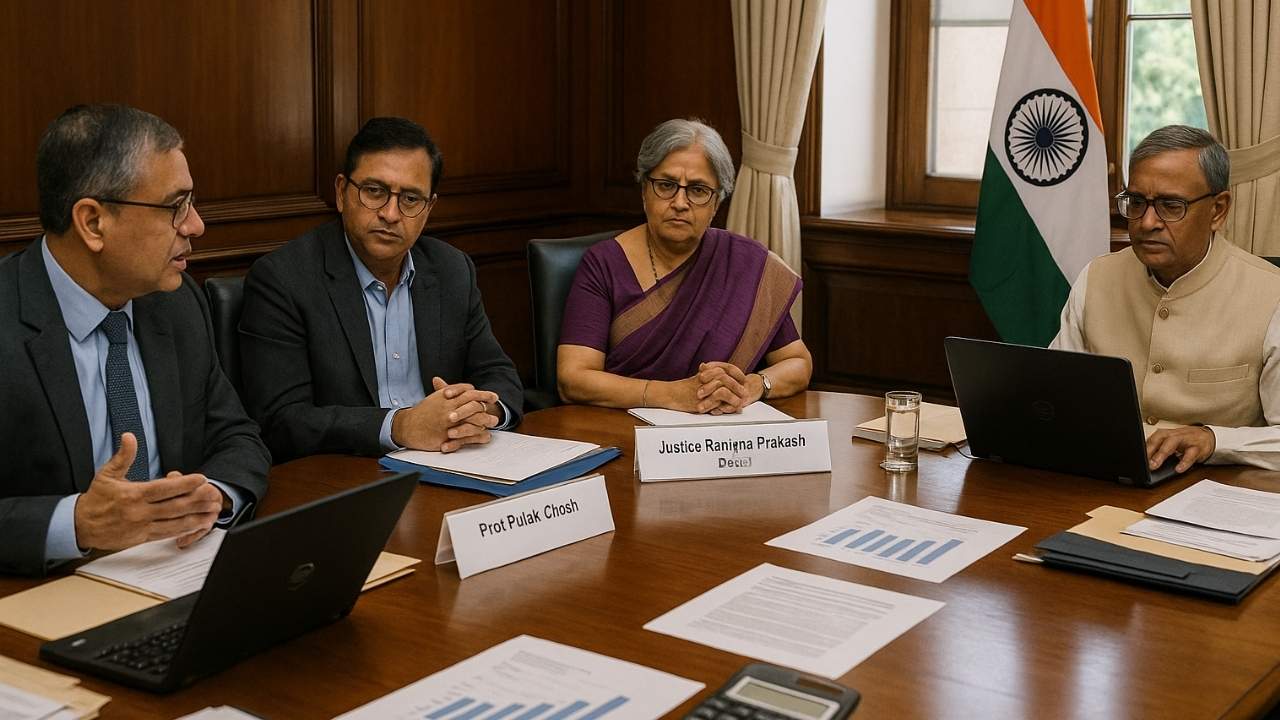Why in News?
Recent data shows a sharp rise in the economic burden of tobacco consumption in India, alongside an increase in premature deaths linked to tobacco-related diseases.
Introduction
- Tobacco continues to be one of the leading preventable causes of death worldwide. India, home to a vast population of tobacco users, faces both public health and economic challenges due to its consumption.
- Despite strong legislation like the Cigarettes and Other Tobacco Products Act (COTPA), 2003, enforcement gaps, weak taxation, and emerging new products have complicated control efforts.
- Thus, tobacco control has become not only a health imperative but also an economic necessity for India.

Tobacco Products – Types and Trends
- Smoked forms – Cigarettes, bidis, cigars, pipes, and hookahs.
- Smokeless forms – Chewing tobacco, snuff, khaini, gutkha, and tobacco pouches; culturally accepted and widely consumed in India.
- Newer products – Heated tobacco products (HTPs) and nicotine-only devices, marketed as less harmful alternatives, but equally addictive.
Economic Burden of Tobacco
- In 2017, India’s annual economic cost of tobacco use among those aged 35+ was ₹1.77 trillion (1.04% of GDP).
- Second-hand smoke alone caused healthcare costs of ₹566 billion (0.33% of GDP).
- Costs include direct medical expenses, productivity losses from illness, and premature mortality.
- Rising affordability due to weak tax hikes worsens the burden.
Energy Transition Initiatives
- Weak enforcement of COTPA (2003)
- Implementation varies across states; many provisions remain ineffective.
- Surrogate advertising loopholes
- Tobacco brands use similar packaging for non-tobacco products (e.g., mouth fresheners) to retain brand recall.
- Influence of media
- OTT platforms, movies, and social media indirectly glamorize tobacco, influencing youth.
- Taxation issues
- Bidis taxed at only 22%, cigarettes at ~50%, both far below the WHO benchmark of 75%.
- Smokeless tobacco largely untaxed due to production in the unorganized sector.
- Institutional weaknesses
- ToFEI (Tobacco Free Education Institute) lacks scientific rigor, teacher training, parental involvement, and monitoring.
- E-cigarette challenge
- Despite the PECA ban (2019), e-cigarettes are easily available online, exposing adolescents to nicotine addiction.
What Needs to be Done?
- Holistic approach
- Move beyond awareness to address social and commercial drivers of tobacco use.
- Strengthen taxation
- Adopt WHO’s 75% tax benchmark, especially for bidis and SLT.
- School-based interventions
- Comprehensive tobacco-free policies, teacher training, family participation, and continuous evaluation.
- Learn from CDC (USA) school-based strategy models.
- Improved awareness campaigns
- Packaging should provide scientific, varied, and relatable health warnings.
- Inter-ministerial coordination
- Ministries of Health, Education, Finance, Commerce, Consumer Affairs, and I&B must work in sync.
- Data-driven policy
- Regular research and updated databases to track consumption patterns, health impacts, and intervention outcomes.
- Independent oversight body
- Monitor industry interference, enforce laws, and evaluate effectiveness of programmes.
- Collaborative efforts
- Active partnership between policymakers, researchers, civil society, and schools to achieve long-term tobacco control.
Conclusion:
Tobacco consumption in India is not just a public health crisis but also an economic liability. Weak taxation, poor enforcement, and new product trends have undermined control measures. A multi-pronged, evidence-based approach, rooted in taxation, awareness, regulation, and institutional strengthening, is essential. Only then can India move closer to the vision of a tobacco-free future.





